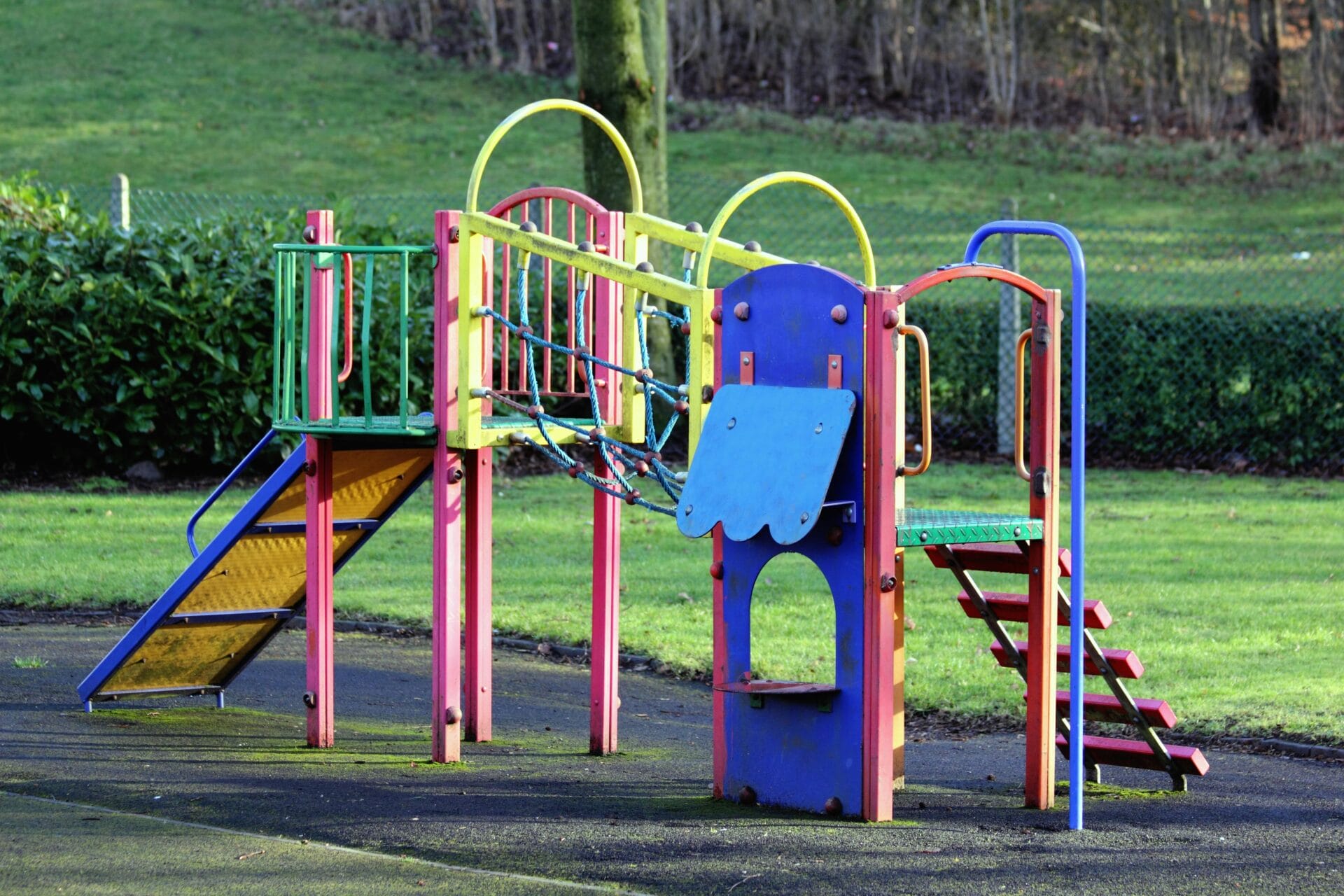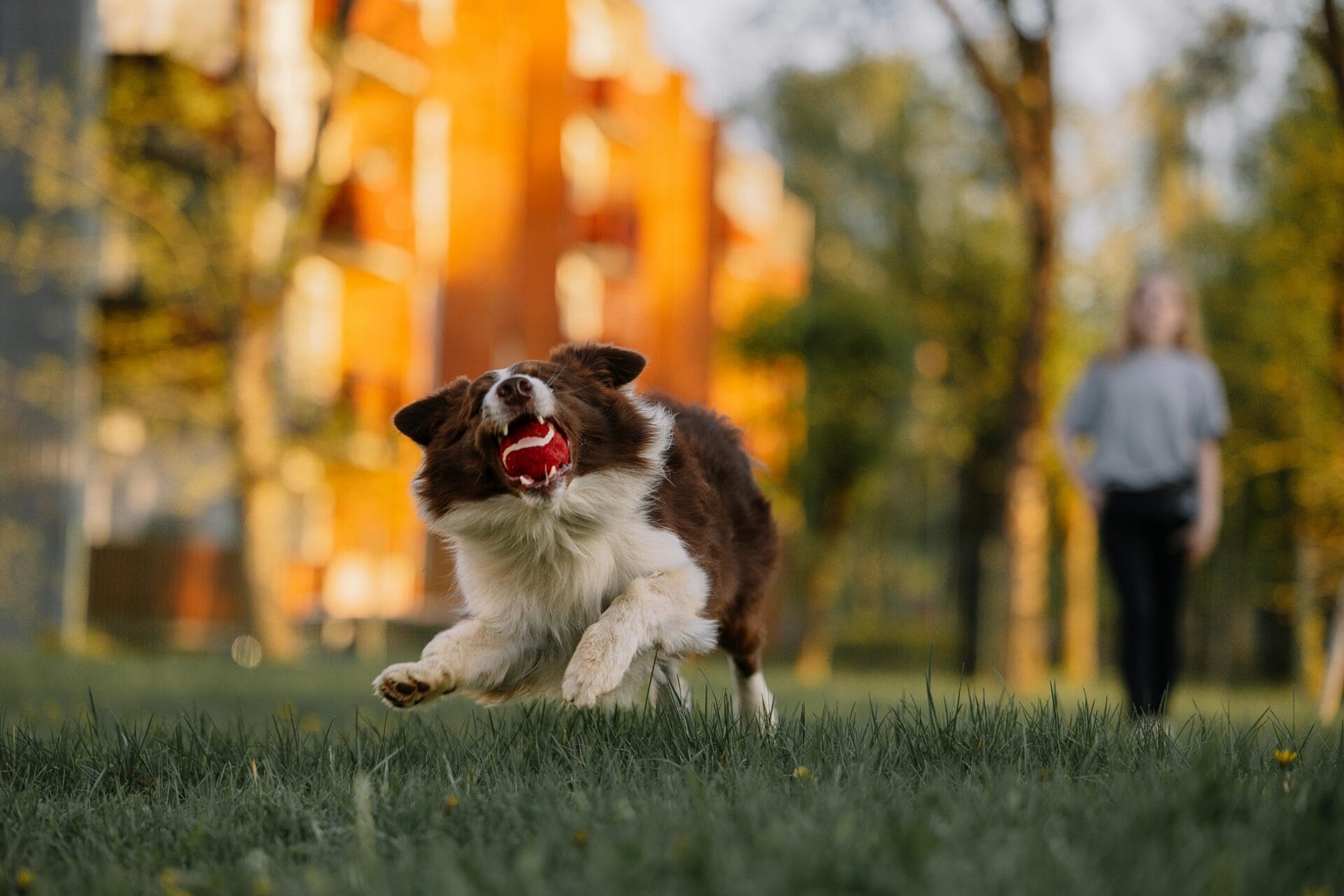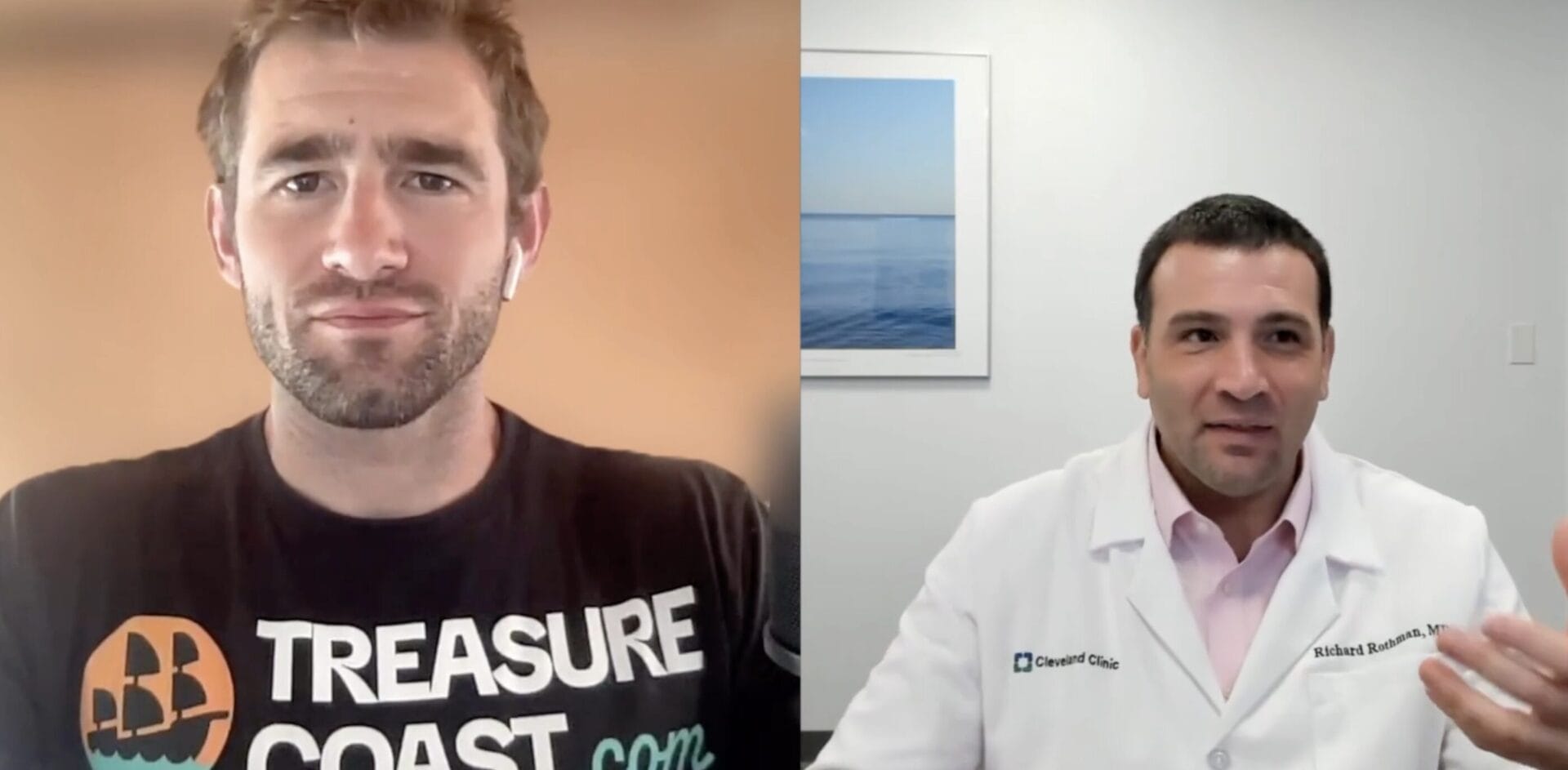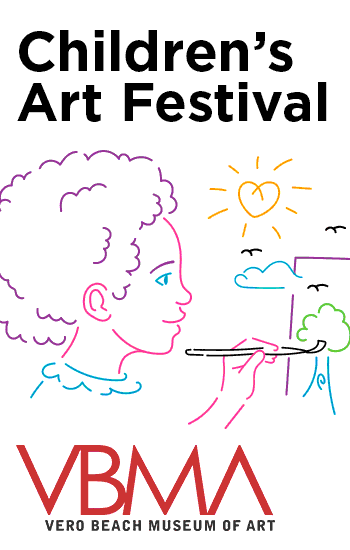In the heart of Florida’s Treasure Coast, a powerful story of resilience, artistry, and entrepreneurship comes to life through the incredible paintings of the Florida Highwaymen.
Their works are more than just scenic portrayals of the area’s timeless landscapes. They are bold declarations of identity and defiance, born during a time of exclusion and segregation.
Anyone living in or traveling to Fort Pierce and surrounding areas can discover the living legacy of a group of 26 African American artists who refused to be silenced or sidelined.
This is the story of the Florida Highwaymen – their art, struggle, and legacy.
The Start of the Florida Highwaymen
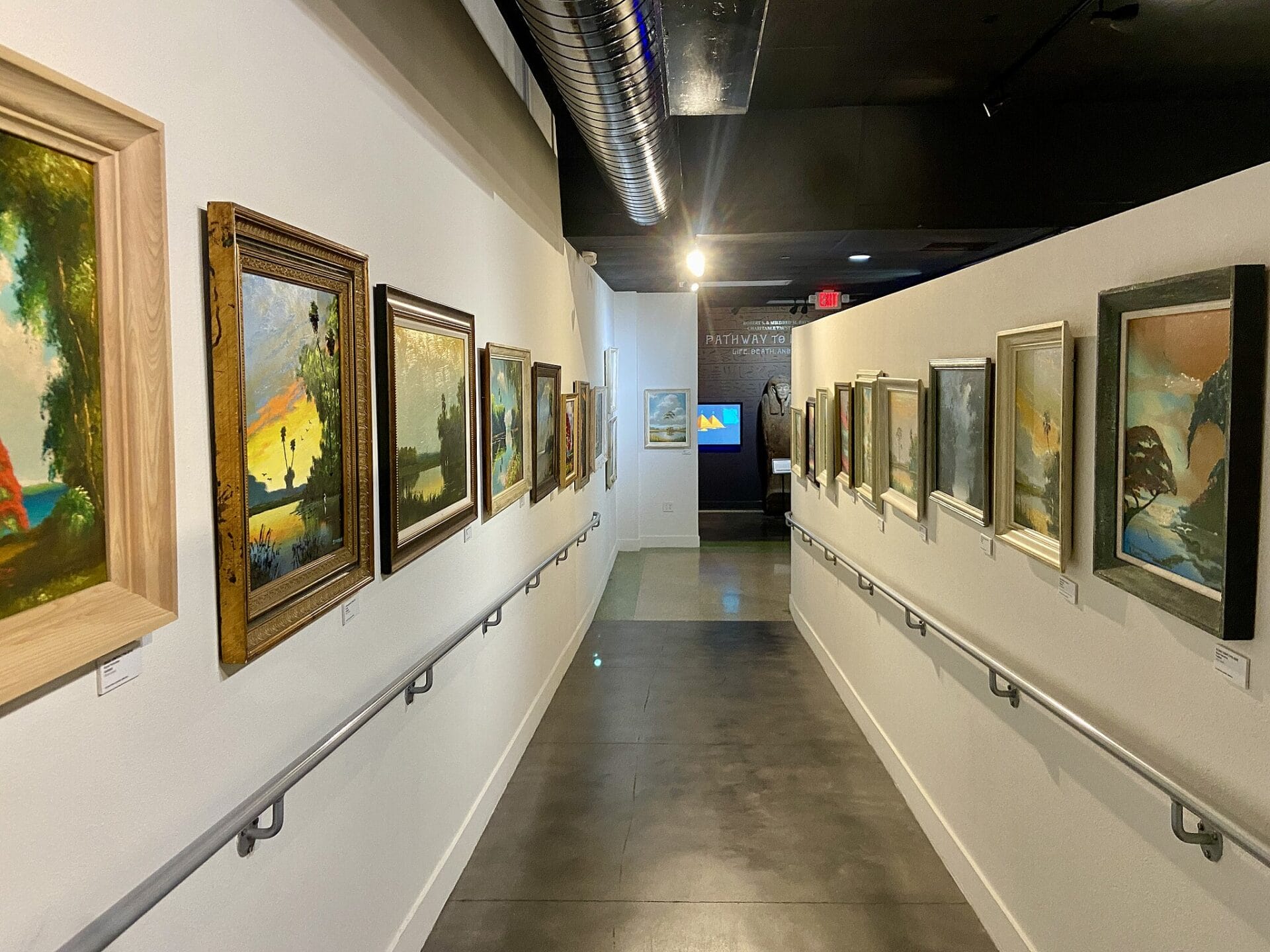
Photo Credit: Myotus via Wikimedia Commons
The Florida Highwaymen originated in Fort Pierce, known as a quiet, Old Florida town along the Indian River Lagoon and Atlantic Ocean. The community would become the cradle of one of America’s most compelling art movements in the 1950s.
Many of the Florida Highwaymen attended Lincoln Park Academy, the local high school for African Americans during segregation. The school is still among the top-rated in the country. It was here that many early artistic seeds were planted.
Crucially, they found inspiration in A.E. “Bean” Backus, a renowned landscape painter known for his depictions of Florida’s raw ecosystems and biomes. Backus mentored several aspiring Black artists, offering lessons, supplies, and encouragement during a time when such support was rare.
Among his pupils were Alfred Hair and Harold Newton, two men who would become trailblazers of the movement.
Backus’s mentorship cracked open the door, but it was necessity and willpower that kicked it down.
Faced with limited job opportunities – mostly fieldwork and factory labor – the Highwaymen turned to art not just as expression, but as survival. They used their brushes, imagination, and will to carve out a path and take control of their futures.
Art Against the Backdrop of Jim Crow
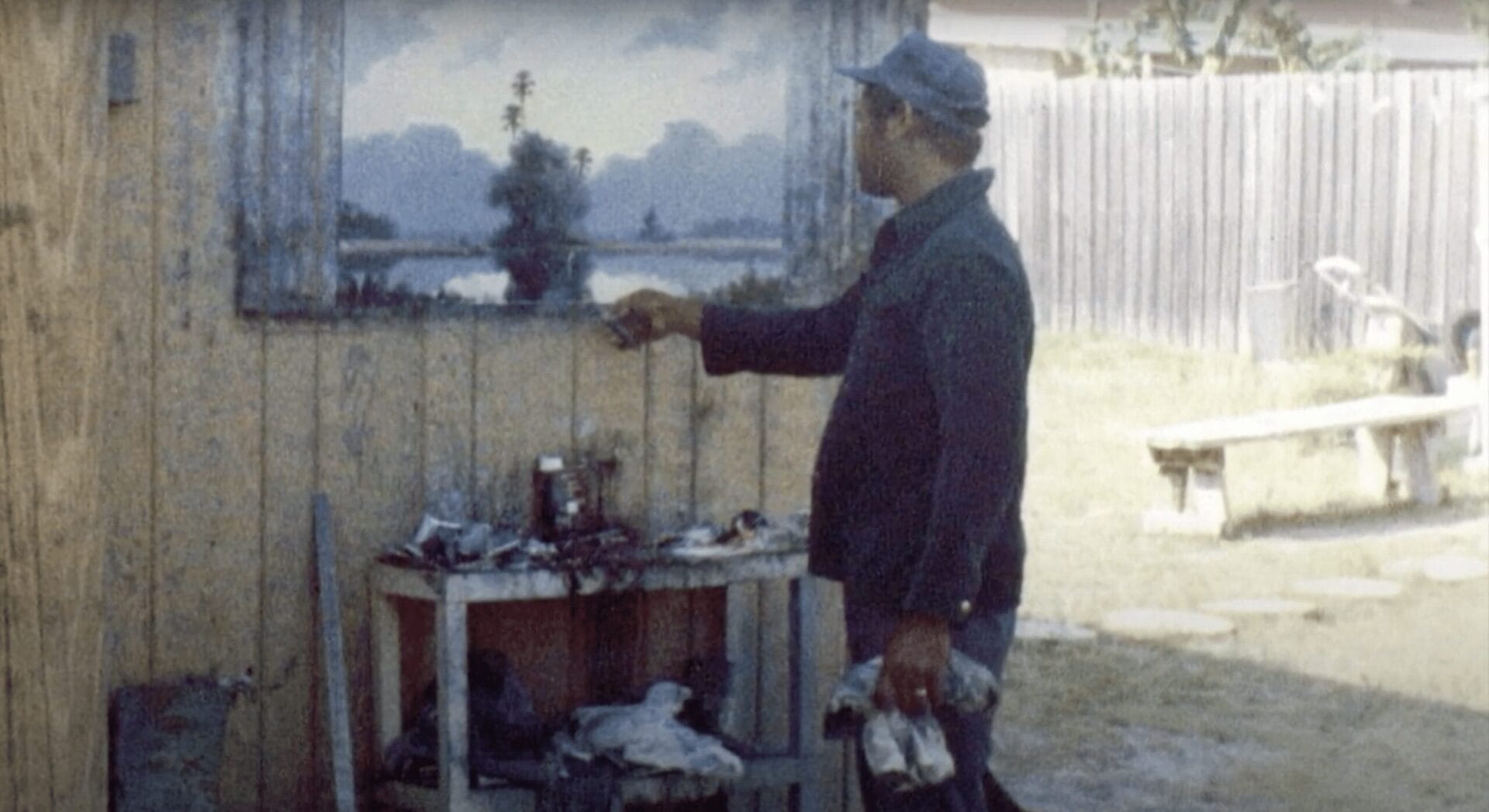
Harold Newton works on a painting. Photo Credit: The Florida Highwaymen
To truly grasp the Florida Highwaymen’s story, we need to confront the brutal context of their time.
The Jim Crow era in Florida was one of harsh segregation. African Americans were denied access to mainstream galleries, educational institutions, and public facilities.
In this world, the idea of a Black landscape painter selling art was almost unthinkable. And yet, that’s exactly what they did.
Denied space on gallery walls, they turned to the streets and highways.
Selling from the trunks of their cars, knocking on business doors, and stopping at rest stops, they created a revolutionary business model. They sold their work directly to tourists, business owners, doctors, and anyone else who would admire their work.
For these artists, cars weren’t just transportation, they were their own gallery. They represented freedom, mobility, and access to an otherwise inaccessible marketplace.
The Highwaymen’s Style and Technique
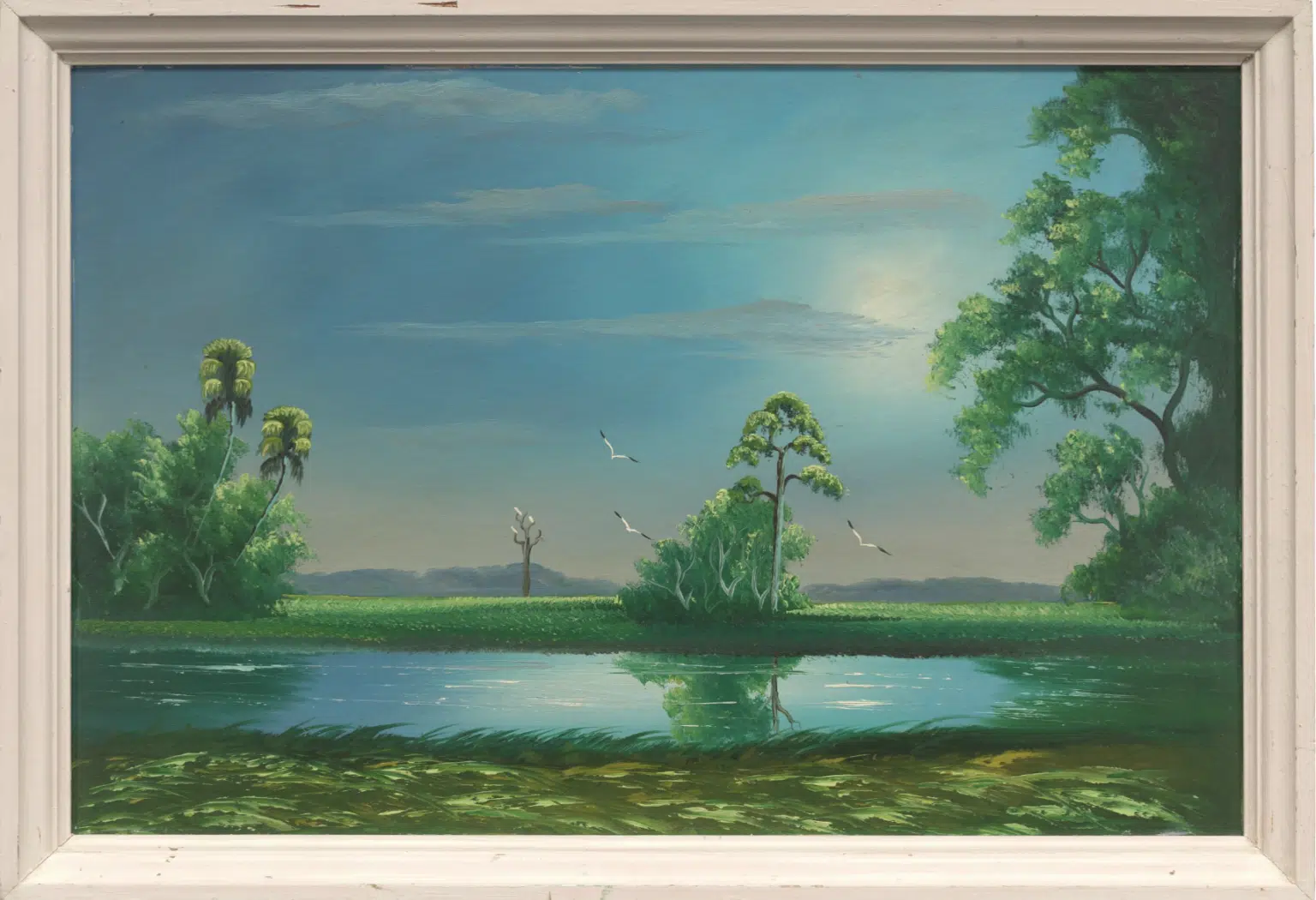
The Glades at Dusk, 3 Birds in Flight by Alfred Hair (1941 – 1970), ca. 1969, Smithsonian Museum. Photo Credit: The Florida Highwaymen
The signature style of the Florida Highwaymen art is bold, bright, and simplified.
They painted fast. Sometimes a single piece was completed in under an hour. This “fast painting” technique was born out of necessity since they needed volume to sustain their livelihoods.
Using oil paints, palette knives, and inexpensive Upson board, they painted minimal, raw Florida landscapes. Oftentimes, they painted outside with the subjects and inspirations of their paintings directly in front of them.
Their scenes often included sandhills, scrubs, marshes, and flatwoods that are so well-known in the region. They would have palm trees, sunsets, poinciana trees in full bloom, marsh birds like egrets and ibis, quiet rivers, and untouched swamps.
Highwaymen were known to exaggerate the colors of their setting, especially those of the weather, flora, and fauna.
They built their own frames from molding and often sold paintings while the oils were still wet.
Their work exhibited a Florida that was wild and largely unspoiled. It’s what is typically referred to as “Old Florida”.
Growth from Trunk to Treasure

Without gallery representation or institutional backing, the Highwaymen relied on grit and hustle.
They sold paintings out of the trunks of their cars, especially along US Highway 1 and A1A. These roads, heavily traveled by tourists and locals alike, became their mobile galleries. This is where the name, Highwaymen, was born.
The artists would also go door-to-door, offering their pieces for as little as $20–$35. Doctors’ offices, restaurants, real estate lobbies – any place with a blank wall was a potential customer.
Some even bartered their art for groceries or car repairs.
Over time, their paintings found eager buyers. The allure of handmade, local Florida landscapes resonated with a growing audience who came to appreciate the representation of the area.
It’s estimated that over 200,000 paintings were produced by the group between the 1950s and 1980s.
A List of Florida Highwaymen
While the movement was collective, several individuals rose to prominence. Here is the list of prominent Florida Highwaymen artists.
Alfred Hair (1941–1970)
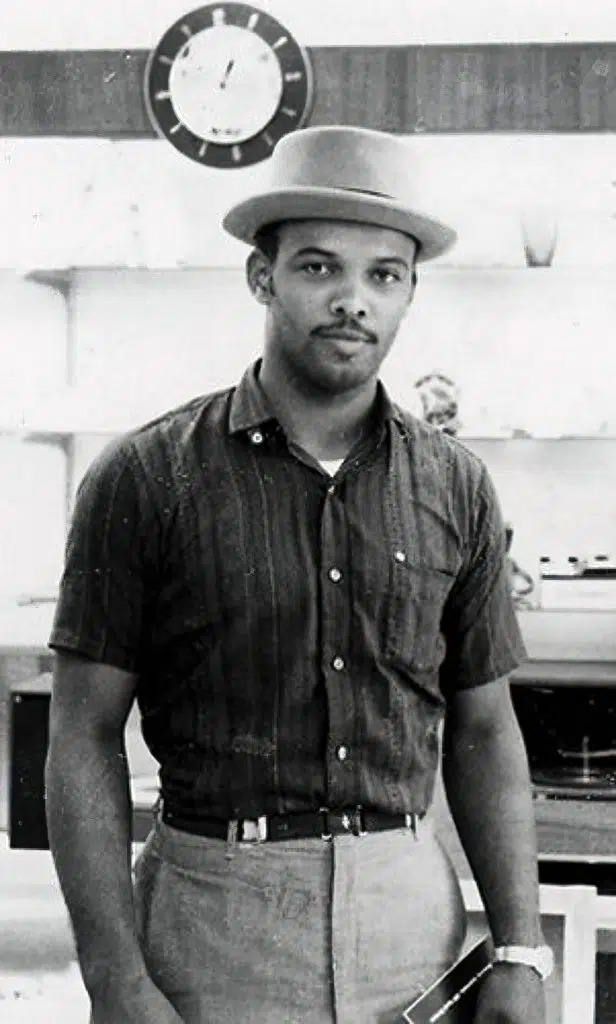
Founder of the Highwaymen, Hair trained under A.E. Backus and pioneered a fast-painting style that made art accessible and profitable. Known for his bold brushwork and entrepreneurial drive, he led the group with charisma before his untimely death at 29, leaving a lasting impact on the movement.
Harold Newton (1934–1994)
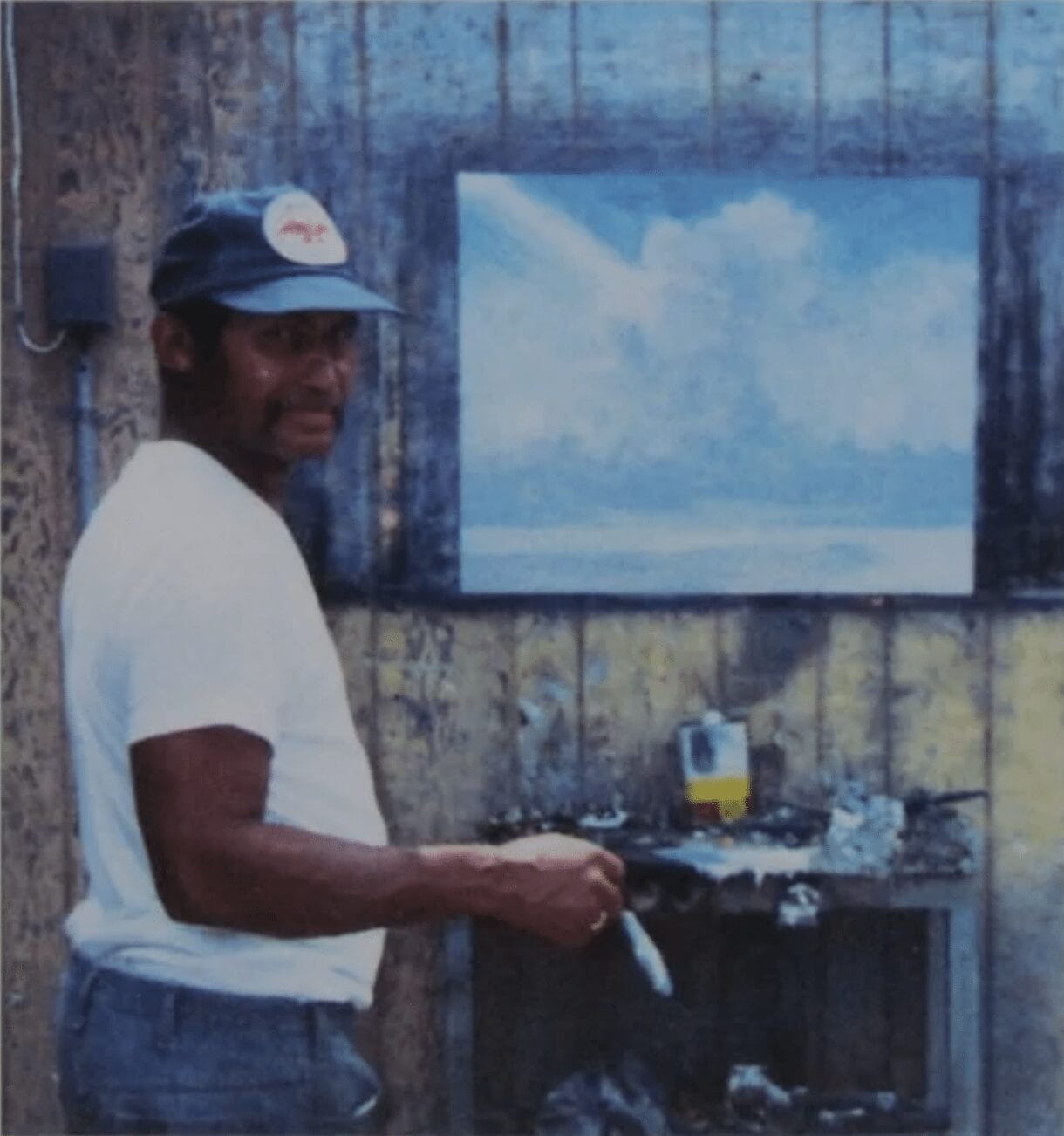
Widely considered the most talented of the Highwaymen, Newton helped launch the movement. With encouragement from A.E. Backus, he transitioned from religious themes to luminous Florida landscapes. Newton’s detailed, emotive style and palette knife technique set a high standard and helped define the group’s aesthetic and direct-selling method.
Mary Ann Carroll (1940–2019)
The only female Highwayman, Carroll supported her seven children by selling her Florida landscapes on the road. Mentored by Harold Newton, she developed a bold style using palette knives and vivid colors. Her work gained national acclaim, including a presentation to First Lady Michelle Obama in 2011.
James Gibson (1938–2017)
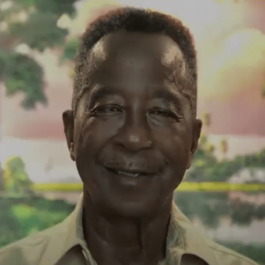
An original Highwayman and student of A.E. Backus, Gibson became known for bold cloudscapes and colorful seasonal scenes. Over time, his work grew more detailed yet remained vibrant. He was also a skilled salesman and played a key role in shaping the group’s early direction and legacy.
R.A. “Roy” McLendon (1932–2024)
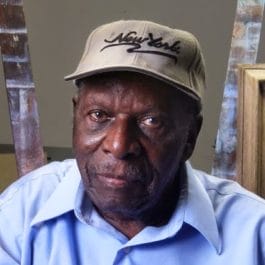
One of the original Highwaymen, Roy McLendon, expanded beyond typical Florida landscapes, incorporating portraits, still lifes, and night scenes. Known for his fascination with light and texture, especially on water, McLendon signed his work by scratching his name with a palette knife. His diverse subjects and technical curiosity made him one of the more individualistic Highwaymen.
Al “Blood” Black (1947– )
Black began as a salesman for the Highwaymen before learning to paint by repairing damaged pieces. His works often depict sunrises, sunsets, and three seabirds symbolizing the Holy Trinity. After serving time in prison, where he painted murals, Black continued to develop his style, transitioning from upson board and oils to acrylics and canvas. His story highlights the movement’s adaptability and spiritual depth.
Curtis Arnett (1950– )
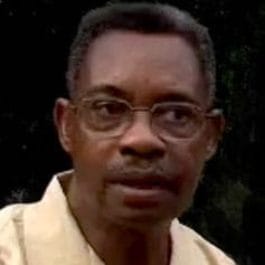
Born in Greenville and raised in Fort Pierce, Arnett was one of the youngest Highwaymen. Inspired by Roy McLendon and later mentored by Hezekiah Baker, he started painting at 16 using the group’s fast style. Over time, he shifted to a more detailed technique and switched from oils to acrylics in the 1970s. His work often features central Florida landscapes like swamps and cypress trees, showcasing his evolution as an artist.
Hezekiah Baker (1940–2007)
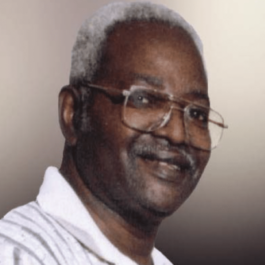
Originally from Savannah, Georgia, Baker moved to Fort Pierce and took up various jobs before turning to art. Encouraged by Alfred Hair, he transitioned from portraits to landscape painting using the Highwaymen’s quick techniques. Known for his serene, pastel-hued scenes and solitary birds, Baker returned to painting full-time in later years after a chance meeting with author Gary Monroe reignited interest in the Highwaymen.
Ellis Buckner (1943–1991)
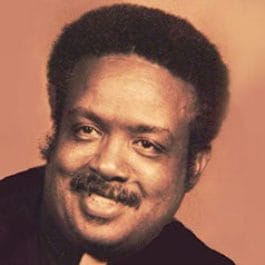
A Gifford native and brother to George Buckner, Ellis showed early talent, selling his first painting at age 10. Inspired by Harold Newton and mentored by A.E. Backus, he left various jobs to pursue painting full-time. Buckner’s art stood out for its realistic style, subtle color palette, and fine detail, especially in skies and water, setting him apart from the group’s faster painters.
George Buckner (1942–2002)
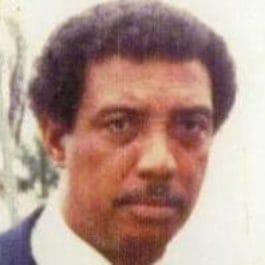
From Gifford, Florida, George Buckner turned to art after working various jobs to support his family. Inspired by fellow Highwaymen and mentored by A.E. Backus, he became known for his highly detailed landscapes, especially his shimmering skies and clouds. Buckner is considered one of the most technically skilled Highwaymen painters.
Robert Butler (1943–2014)
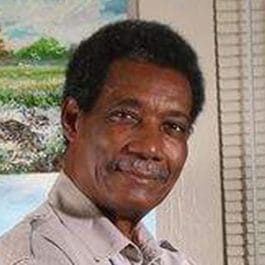
Largely self-taught, Butler began painting professionally in 1968. Deeply inspired by Florida’s natural landscapes, particularly near Lake Okeechobee, he developed the dramatic “Butler style” known for its romanticized lighting and vivid scenes. Butler’s prolific output and unique vision added depth to the Highwaymen legacy.
Johnny Daniels (1954–2009)
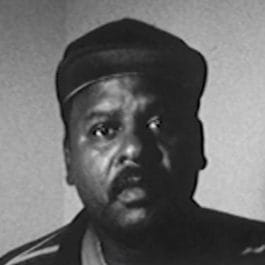
The youngest original Highwayman, Daniels started by making frames and learned from artists like Alfred Hair and his brother Willie. Known for his textured palette knife technique and vibrant color contrasts, his work often featured birds, fish, and lush foliage. He later mentored younger artists, passing on the Highwaymen tradition.
Willie Daniels (1950–2021)
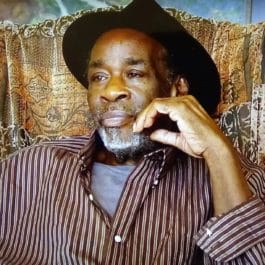
A prolific painter inspired by Alfred Hair, Willie Daniels worked in multiple media and developed a distinctive impressionistic style. His art featured vivid landscapes, textured oaks, and moody night scenes. While rooted in Highwaymen themes, his work stood out for its emotional depth and fluid technique.
Rodney Demps (1953–2020)
Dubbed the “Surrealist Highwayman,” Demps blended vibrant colors with dreamlike interpretations of Florida’s nature. Taught by Alfred Hair and influenced by A.E. Backus, he never sold paintings roadside like others. Later, he expanded into collage, murals, and multimedia, highlighting the diversity of Highwaymen artistry.
Isaac Knight (1941–2022)
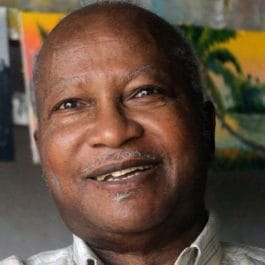
Knight joined the Highwaymen through his brother-in-law, Al Black, first as a salesman before learning to paint. His early work followed classic Highwaymen themes, painted from memory. Later in life, he developed a black-and-white style, showcasing a unique tonal approach within the vibrant movement.
R.L. Lewis (1941– )
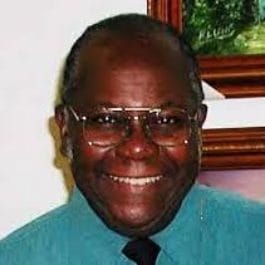
Formally trained in art, Lewis became an educator and later joined the Highwaymen circle. Though not part of the original group, he painted Florida landscapes in their style and often appears at community events to promote the movement. His academic background offers a distinctive voice in the Highwaymen legacy.
John Maynor (1948–2016)
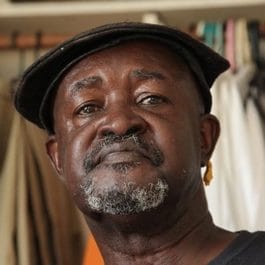
An original Highwayman, Maynor’s legacy includes induction into the Florida Artists Hall of Fame and a painting featured in the Smithsonian’s National Museum of African American History and Culture. While less is documented about his style, his work remains part of the group’s historical foundation.
Alfonso “Poncho” Moran (1930–2003)
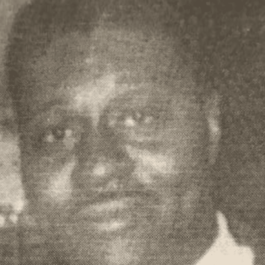
A lesser-known Highwayman, Poncho Moran was a skilled billiards player and painter whose works featured bold colors, dynamic skies, and occasional human figures, which was unusual for the group. Though he painted less frequently, his distinctive style and dual life as a gambler and artist added an unconventional dimension to the movement.
Lemuel Newton (1950–2014)
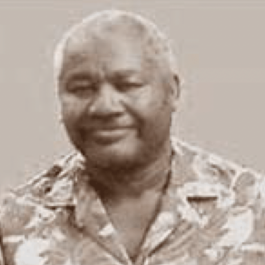
The younger brother of Harold and Sam Newton, Lemuel began painting after preparing boards for other Highwaymen. His style reflected an impressionistic approach with vibrant colors and detailed depictions of iconic Florida scenery, shaped by the influence of his older siblings.
Sam Newton (1948– )
Although part of the Highwaymen, Sam Newton identifies more as an independent artist. Known for his richly detailed and realistic Florida landscapes, Sam set himself apart with larger, meticulously crafted works. He continues to paint professionally at his gallery in Cocoa, Florida.
Willie Reagan (1939– )
An original Highwayman and one of the few still living as of 2024, Reagan got his start helping prep painting boards. While less is known about his individual style, his contributions to the movement and legacy are significant, and his family remains involved in preserving Highwaymen history.
Livingston “Castro” Roberts (1942–2004)
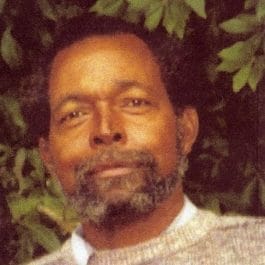
Among the earliest Highwaymen, Roberts was known for his minimalist but powerful compositions and vibrant skies. A close friend of Alfred Hair, he also mentored many in the group. After a hiatus following Hair’s death, he returned to painting, producing emotionally resonant landscapes from his Fort Pierce home.
Carnell “Pete” Smith (1950–2015)
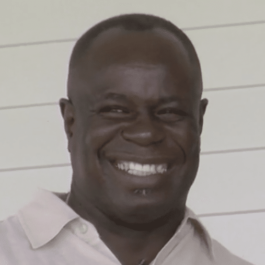
Alfred Hair’s brother-in-law, Carnell Smith began as a framer and assistant painter before creating original works. He later turned to ministry, but his optimistic depictions of Florida nature, often featuring palm and poinciana trees, reflect his spiritual outlook and deep ties to the group’s origins.
Charles Walker (1945–2022)
Distinct from other Highwaymen, Walker was a wildlife artist who focused on birds, fish, and natural studies rather than just landscapes. He found acclaim in the 1970s and 1980s, a period before the Highwaymen as a group were widely recognized, highlighting the diversity within the movement.
S. M. “Sylvester” Wells (1937–2023)
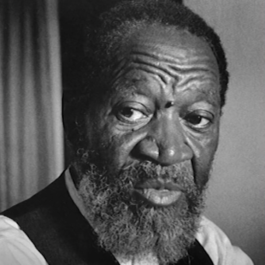
Originally a portrait painter, Wells transitioned into landscape art after learning from the Newton brothers. His favorite subject was the Indian River. A deeply religious man, he later became a minister and stopped painting due to declining eyesight, but his river scenes remain a quiet testament to his artistry.
Charles “Chico” Wheeler (1946–2019)
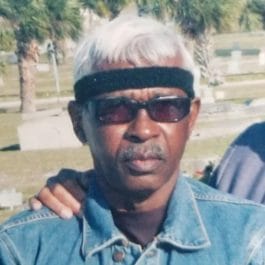
A private individual, Wheeler evolved from crafting frames to painting evocative, sometimes surreal Florida scenes. His later works featured impasto textures and richly colored skies. He often painted everyday life, such as people picking oranges or doing laundry, infusing a folk-art flavor into the Highwaymen tradition.
Capturing the True Essence of Florida
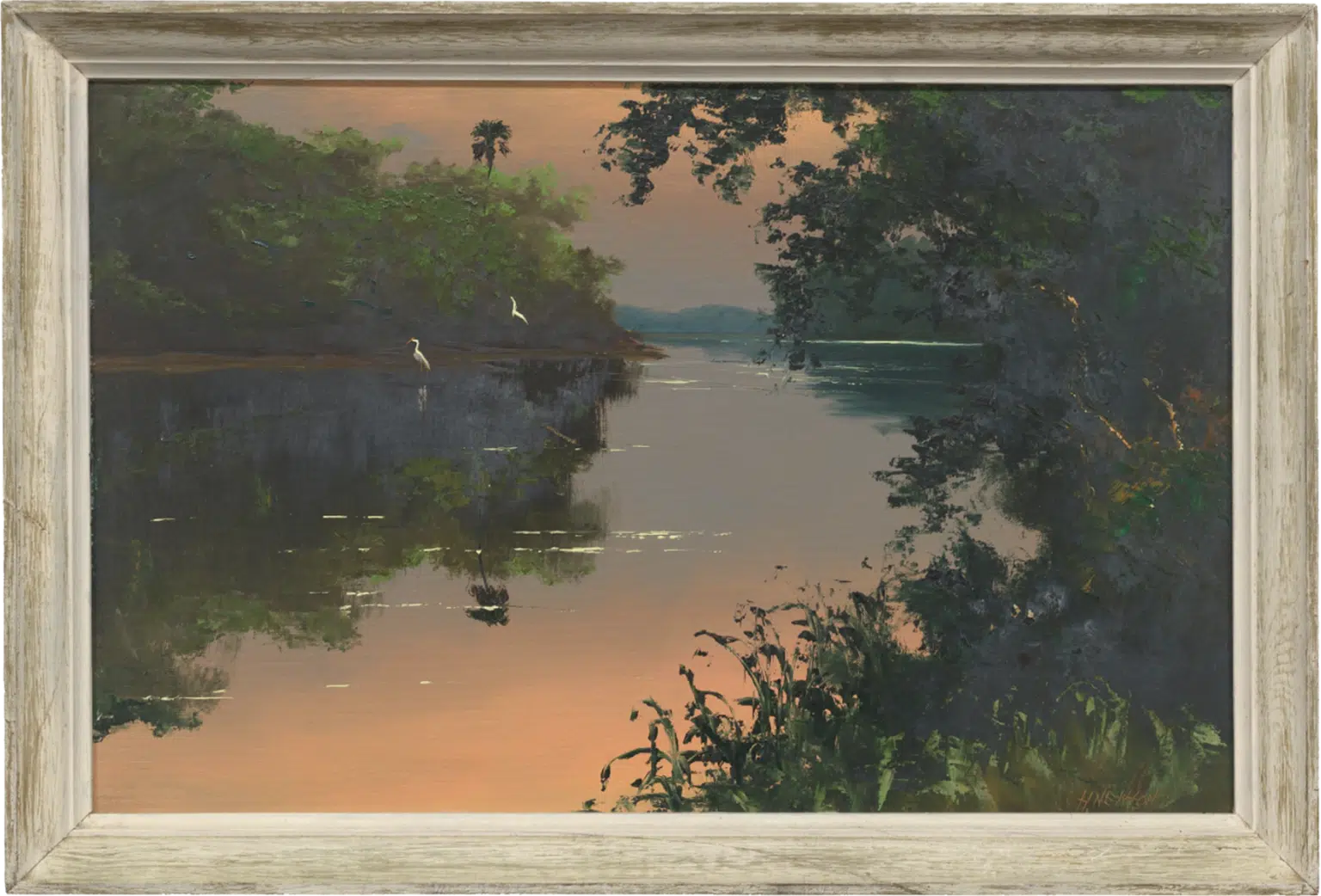
Early Morning River Scene by Harold Newton (1934 – 1994), ca. 1978, Smithsonian Museum. Photo Credit: The Florida Highwaymen
The Highwaymen didn’t just paint Florida; they captured it in its raw and most intimate moments.
Every canvas tells a story. They depicted a glowing sky, a moving waterway, the interaction of local wildlife, or the defiant bloom of color.
At a time when the world refused to see their worth, they showed the world Florida’s worth and beauty through their eyes.
Their work also serves as a time capsule of a rapidly vanishing landscape. As condos replaced wetlands and highways cut through prairies and hammocks, their art became a record of what was lost.
For locals, it’s nostalgia, and for visitors, it’s a revelation.
Their Road to Recognition
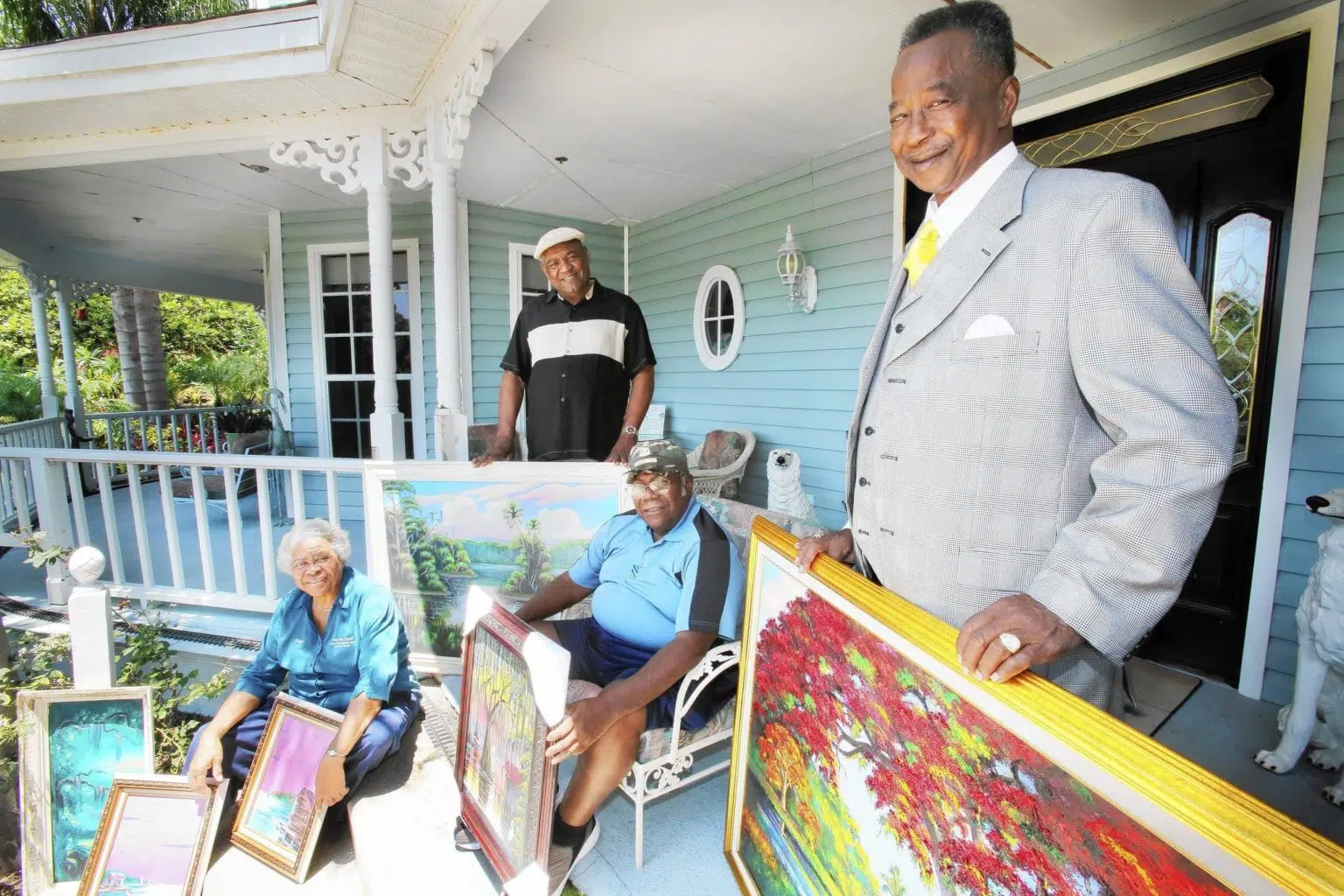
Mary Ann Carroll, Al Black, Robert Lewis, and James Gibson of the Florida Highwaymen.
For decades, the Highwaymen remained largely unknown to the broader art world.
That began to change in the 1990s, when art historian Jim Fitch coined the term “Florida Highwaymen.” He and journalist Jeff Klinkenberg brought their story to light.
In 2001, Gary Monroe published The Highwaymen: Florida’s African-American Landscape Painters, documenting their incredible journey.
In 2004, all 26 artists were inducted into the Florida Artists Hall of Fame — a monumental milestone that solidified their place in history. Their works are now part of major museum collections, including the Smithsonian.
As you can imagine, prices have soared since the early days, and exhibitions continue. The spirit remains grounded in the Florida dirt where it all began.
Preserving the Florida Highwaymen Legacy
Today, their legacy lives on. Visit the A.E. Backus Museum and Gallery in Fort Pierce for original Highwaymen works and rotating exhibits.
Walk the Highwaymen Heritage Trail, which honors sites where the artists lived, painted, and sold.
Outside of the Treasure Coast, you can visit collections at the Orlando Museum of Art, the St. Petersburg Museum of History, and others.
Watch documentaries like The Florida Highwaymen (2003) and Legends of the Road (2008) to hear their voices and see their stories unfold. Read Monroe’s books. Study their brushstrokes. Share their stories.
Why the Highwaymen Still Matter
The story of the Florida Highwaymen is one of courage, creativity, and determination. Born in the shadows of segregation, they stepped into the light with paint-stained hands and vivid dreams.
They challenged systems and carved a lane on the highway of American art history.
Today, we see their work in galleries. But once, those masterpieces were stacked in trunks, sold in parking lots, painted in living rooms and backyards.
They are a reminder of what’s possible when talent meets tenacity and when beauty is forged in adversity. They allow us to recall a time when Florida was not known for amusement parks and high rises, but for an ecosystem that remains unlike anything else in the world.
The Florida Highwaymen did more than paint landscapes – they painted a movement. And their legacy is etched into every setting that shows itself across the Treasure Coast and beyond.


